Madagascar has lost around half or possibly far more of its original forests and as much as half of the live coral off its coasts. Today, nearly all lemur species are threatened with extinction, along with half of the country's chameleons and several species of tenrecs, according to a recent report by Climate. The island nation, located off the coast of East Africa, is home to a unique array of wildlife and plants found nowhere else on Earth.
The alarming rate of biodiversity loss in Madagascar has been attributed to a combination of factors, including deforestation, habitat fragmentation, and climate change. "The situation is dire," said Dr. Maria Rodriguez, a conservation biologist with the World Wildlife Fund. "We're seeing a perfect storm of human activities that are pushing these incredible species to the brink of extinction." Dr. Rodriguez emphasized that the loss of Madagascar's forests and coral reefs not only threatens the country's unique wildlife but also has significant implications for the global ecosystem.
Madagascar's rich biodiversity has long been a source of fascination for scientists and the general public alike. The country's unique wildlife has been featured in numerous documentaries and films, including the popular animated movie "Madagascar." However, the reality on the ground is far more complex. The island's forests have been cleared for agriculture, urbanization, and logging, while the coral reefs have been damaged by overfishing and pollution.
The international community has taken notice of Madagascar's biodiversity crisis. In 2019, the United Nations Environment Programme (UNEP) launched a conservation initiative aimed at protecting the country's unique wildlife and ecosystems. The initiative brought together governments, NGOs, and local communities to develop sustainable land-use plans and promote eco-tourism. However, experts say more needs to be done to address the scale and complexity of the crisis.
Despite the challenges, there are glimmers of hope. Local communities are taking steps to protect their natural resources and promote sustainable livelihoods. For example, the village of Andasibe, located in the heart of Madagascar's rainforest, has established a community-led conservation program that involves ecotourism and sustainable forest management. "We're not just talking about saving animals," said village leader, Rivo Rakotoarisoa. "We're talking about saving our way of life."
The situation in Madagascar serves as a stark reminder of the urgent need for global action to protect biodiversity. As Dr. Rodriguez noted, "The fate of Madagascar's wildlife is a canary in the coal mine for the entire planet. If we don't act now, we risk losing some of the most incredible species on Earth." The international community must come together to support conservation efforts and address the root causes of biodiversity loss in Madagascar and beyond.



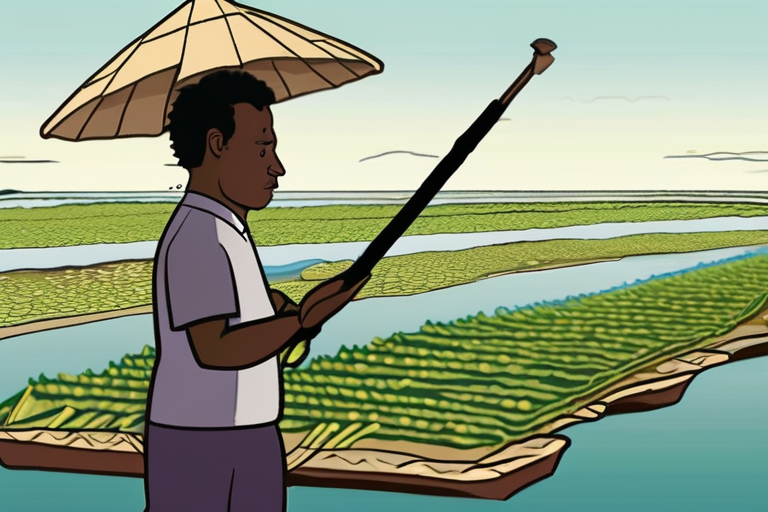
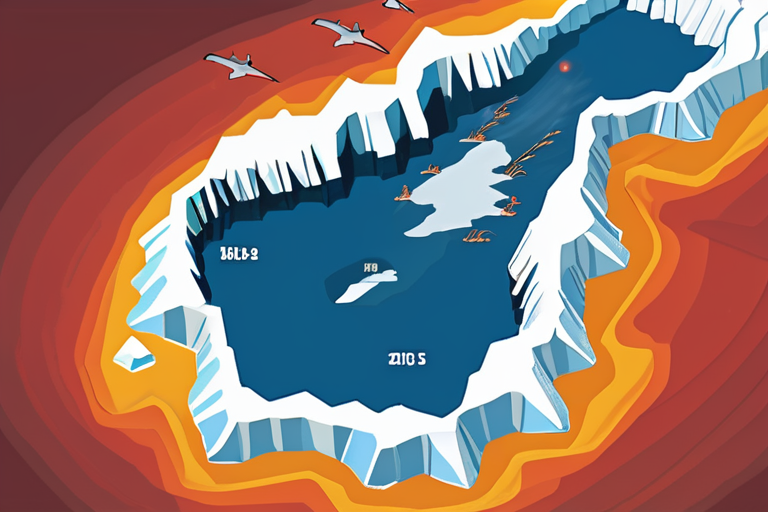
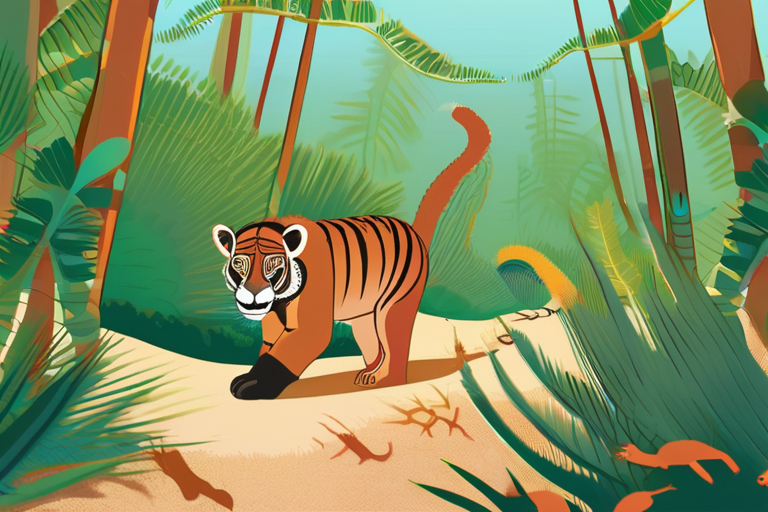
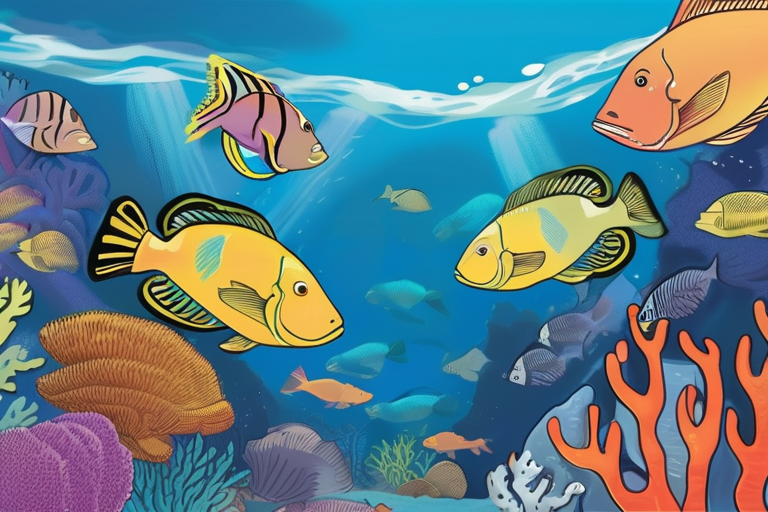

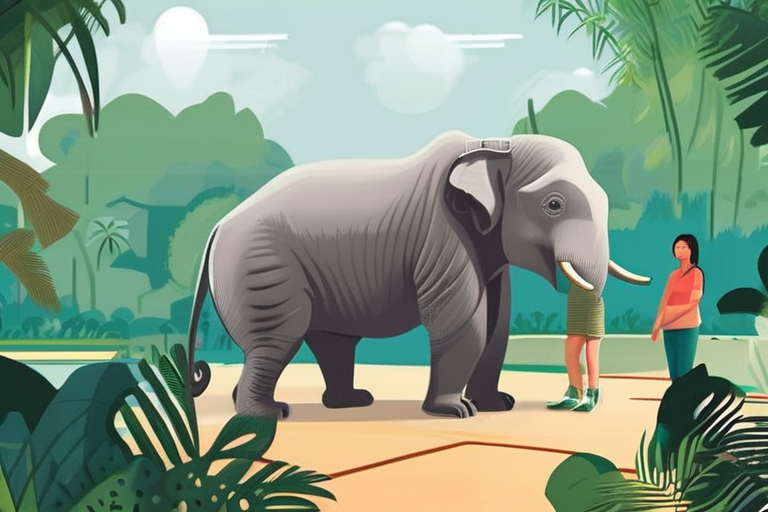
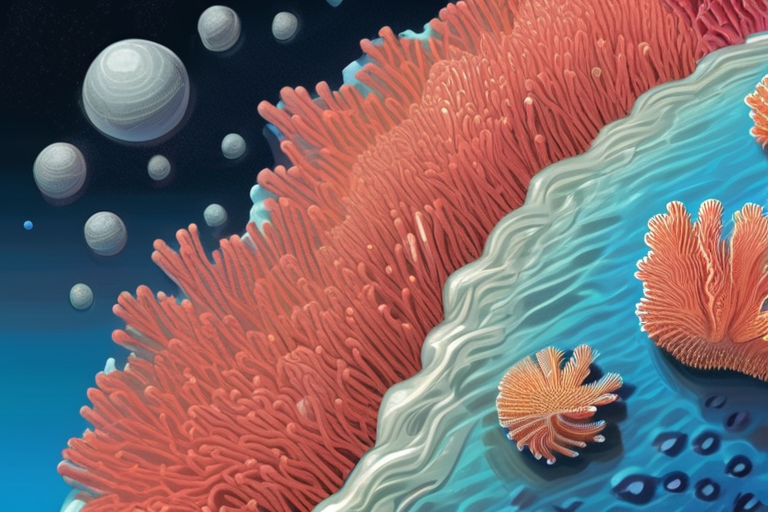


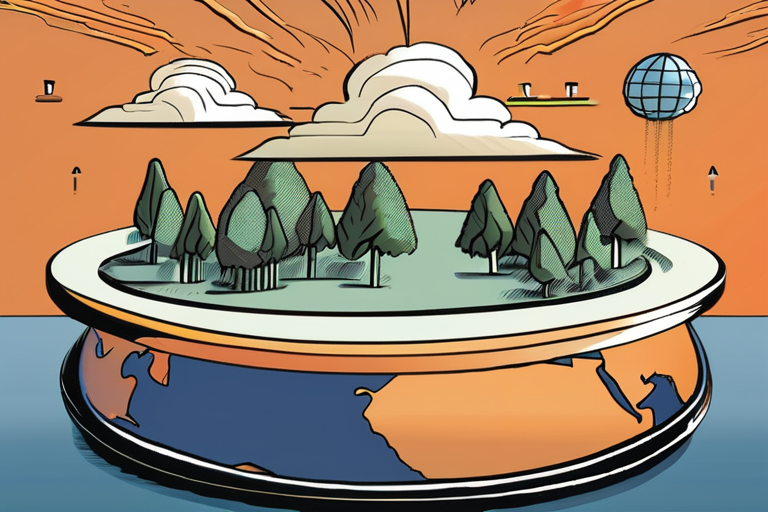








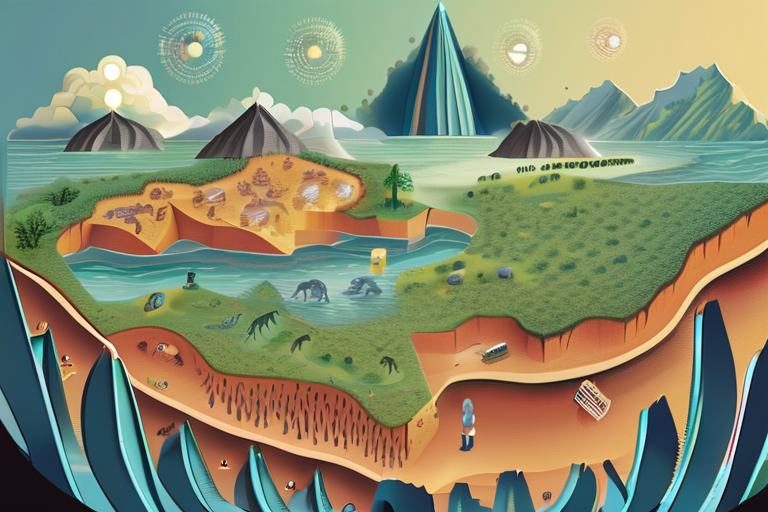
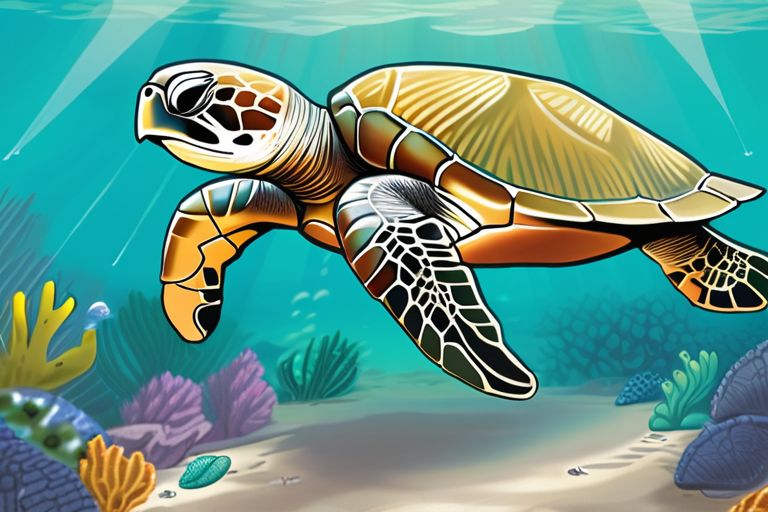




Share & Engage Share
Share this article